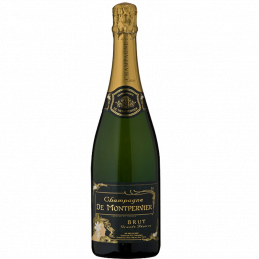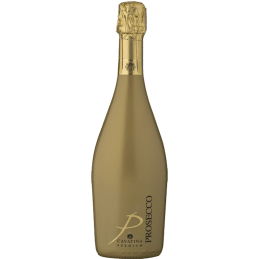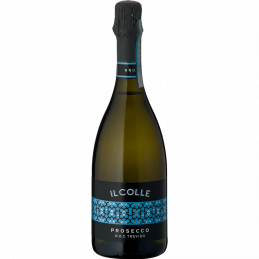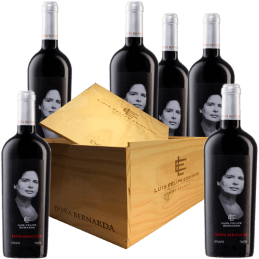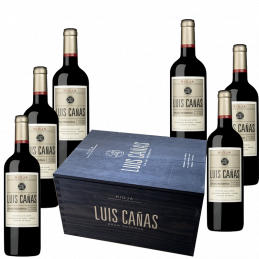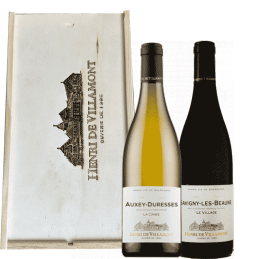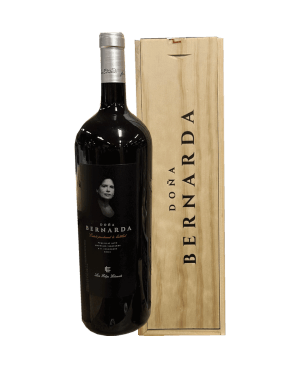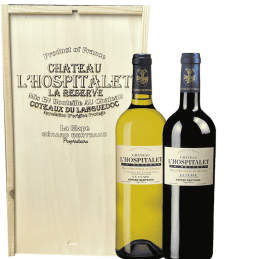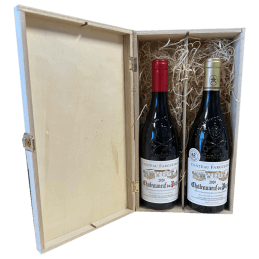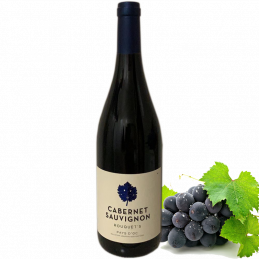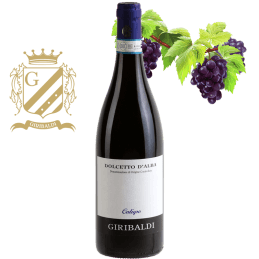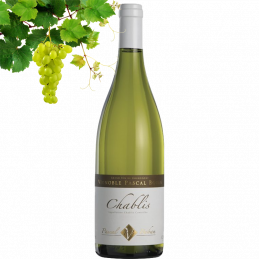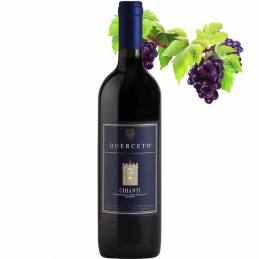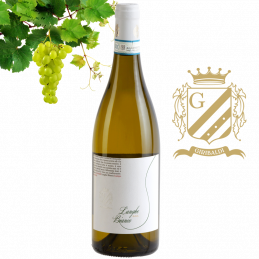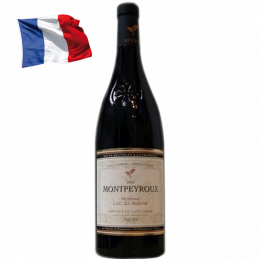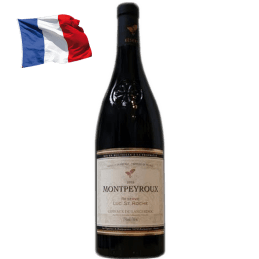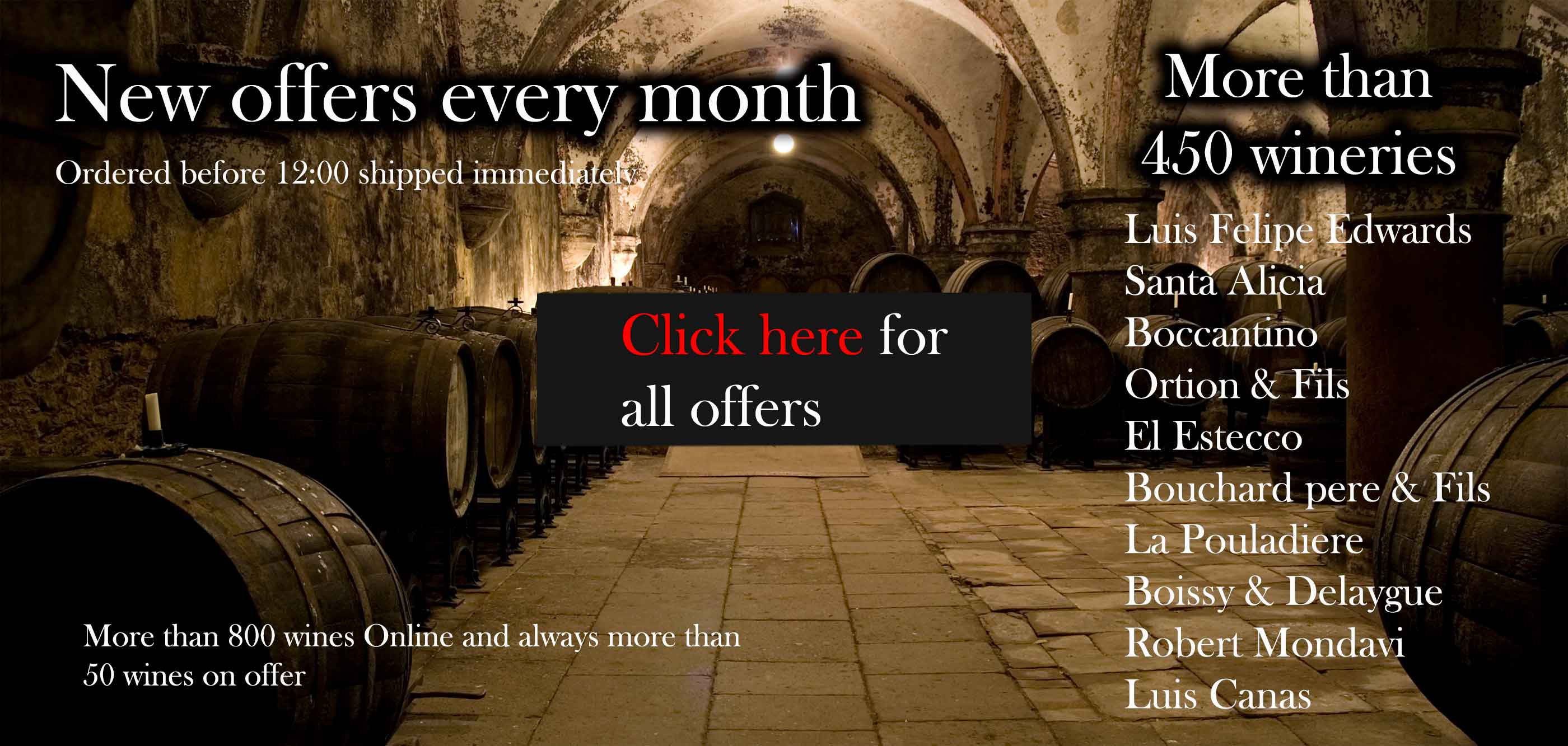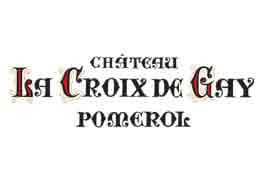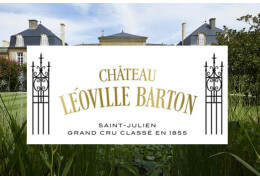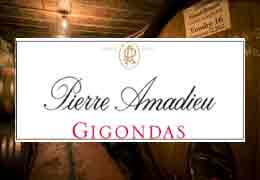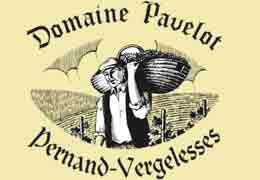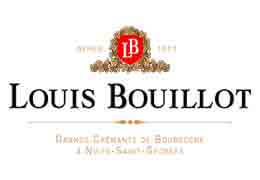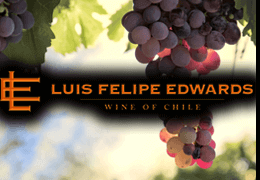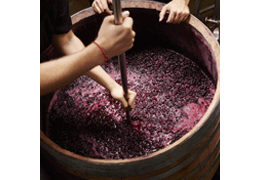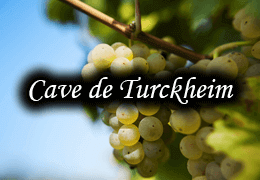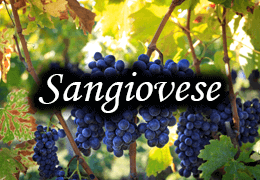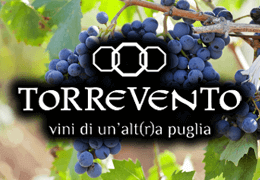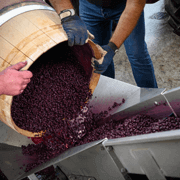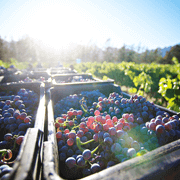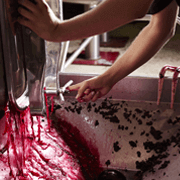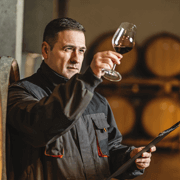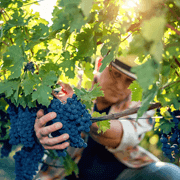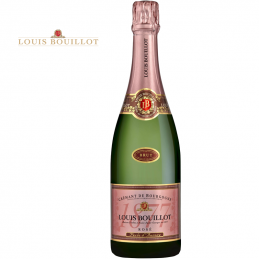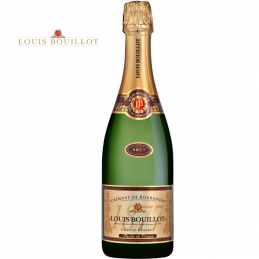Chateau La croix de Gay Pomerol The vineyard of Château La Croix de Gay is currently being developed by the...
- There are no more items in your cart
- Shipping
- Total € 0.00
Louis Bouillot
The first sparkling wines from Burgundy were made at the beginning of the 19th century. Jean Bouillot, Louis's father, was born in the same year as Manet and Gustave Eiffel, born in Dijon in the year 1832. Mid-century, the industrial age brought with it the railway, which would become a determining factor in the development of Company.
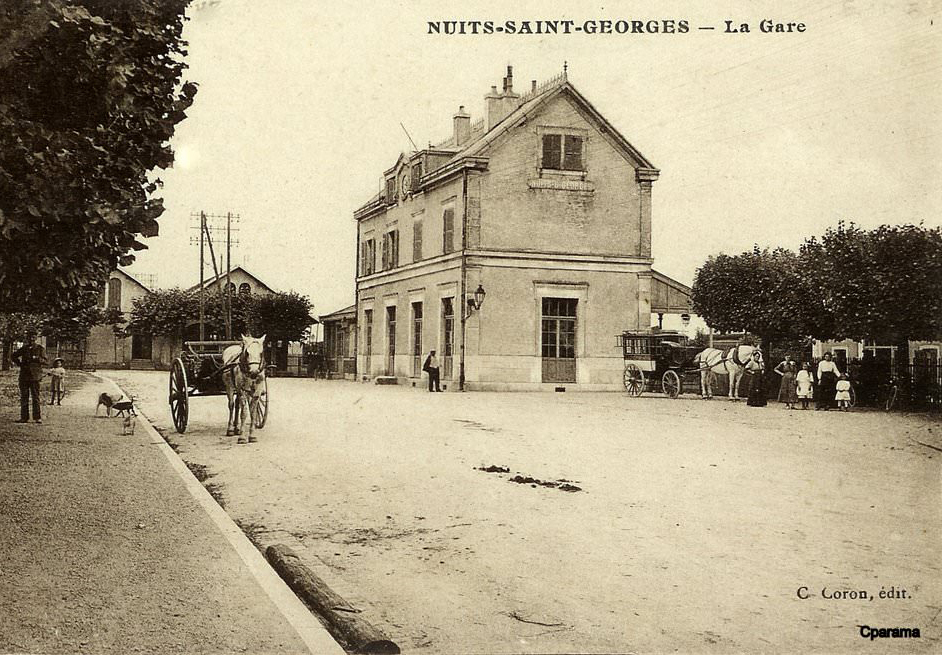
Louis was born in 1865, five years before the start of the Third French Republic, a very free period for entrepreneurship and the wine trade. Jean Bouillot settled opposite the Nuits-Saint-Georges train station and developed a trade in "sparkling Burgundies, a specialty in fine sparkling wines". The ancestor of the appellation was then called vieille méthode champenoise ("the old champagne method"). Precisely on this date the phylloxera appeared in the Côte d'Or.
Setting up a wine merchant required considerable fighting spirit! Historical note: Nuits-Beaune split off in 1890 to become Nuits-Saint-Georges, making it even more visible in the world of Burgundian wines. The Belle Epoque: A guy on a bicycle arrived in Paris to deliver his wines. It was Louis! He cycled all the way from Nuits-Saint-Georges!
In 1904, a new specialization in "sparkling wine production" at the Beaune School of Viticulture marked the recognition of these wines. But then the First World War changed everything. The small family business survived despite Jean's death in 1915. His son Adrien, the eldest, and Louis took over the management. Louis' business acumen complemented his brother's technical knowledge. August 16, 1916 marked the first sales abroad.
1919 - The Treaty of Versailles marked the end of the war and the introduction of the Appellation of Origin Act, the aim of which, among other things, was to impose restrictions on German sparkling wines. This was to the advantage not only of champagne, but also of sparkling wines from Burgundy and elsewhere. Furthermore, it became mandatory by decree to use the term vin mousseux (“sparkling wine”) for all sparkling wines other than champagne.
At the end of the war, the capital served the sparkling wines of Burgundy in a country that was celebrating. Louis was 65 years old when his brother Adrien died. 1936 - Creation of the AOCs, the famous controlled appellations d'origine. Crémant was not yet included. It was not until 1943 that Bourgognemousseux (sparkling Burgundy) had to be made from AOC wines. After the war, Louis left a prosperous company to his children Henri and Anne-Marie.
When Louis died, his son Henri succeeded him and joined forces with his brother-in-law Joannès. In 1962 they acquired buildings for maturing wines on slats and a site in Corgoloin. Customers were received at home. The cooking and laughter of Anne-Marie, Joannès' wife, known as La Ninette, were famous!
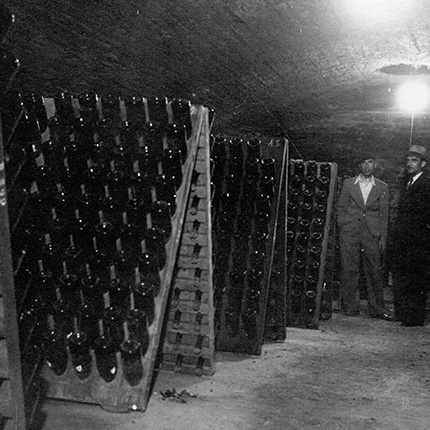
1964: The term mousseux was replaced by Bourgogne Méthode Champenoise. July 4, 1975 remains a historic date for the Bouillot family: the “Crémant de Bourgogne” Appellation d'Origine Contrôlée was recognized! This was a major victory for the Burgundian wine industry, whose sparkling wines could now join the ranks of its famous crus. François, Henri'son, had just time to appreciate the news before his untimely death the following year. After his death the company declined. Another family from Nuits-Saint-Georges, the Boissets, brought a new shine to Louis Bouillot.
Coincidentally, Jean-François, one of Louis' great-grandsons, had been working there for more than ten years! First export to the US in 2000. In 2008, the first steps were taken towards a vineyard dedicated to the production of sparkling Burgundy (Crémant de Bourgogne). 2013, construction of a new winery to support the growth of a brand now present on five continents. Continuous innovation has contributed to an exceptional collection, even by Burgundian standards, which has earned recognition and numerous medals.
Close partnerships with winegrowers have been established and at the same time vine plantings have accelerated, particularly on the classic En Bollery plot in the Côte de Nuits opposite Clos Vougeot; and the share of organic vines has continued to grow. The brand's international distribution is being consolidated. Sweden is becoming a leading market and the brand's reputation has also grown on social media.
On the innovative side, a half bottle and two sulfur-free wines have been introduced. In 2021, La Verrière opened in Nuits-Saint-Georges, an Art Nouveau showcase with a glass roof where the public can taste and buy wines. 2022: The vineyard now covers 170 hectares with several plots from the north to the south of Burgundy.







